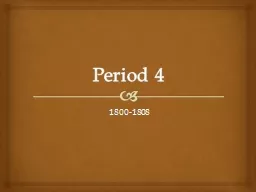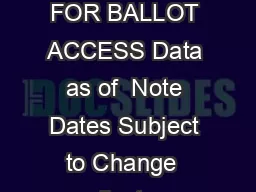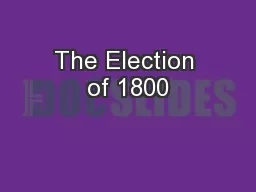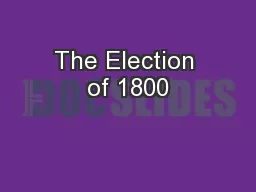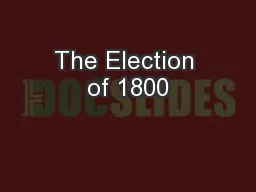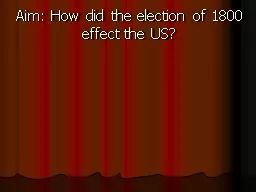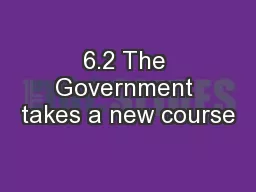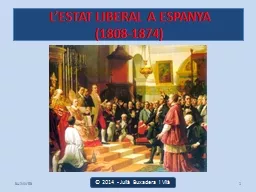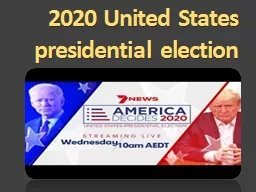PPT-Period 4 1800-1808 The Election of 1800
Author : olivia-moreira | Published Date : 2018-10-24
The election of 1800 was a rematch of the 1796 election The Federalists ran President John Adams for a second term The DemocraticRepublicans ran Thomas Jefferson
Presentation Embed Code
Download Presentation
Download Presentation The PPT/PDF document "Period 4 1800-1808 The Election of 1800" is the property of its rightful owner. Permission is granted to download and print the materials on this website for personal, non-commercial use only, and to display it on your personal computer provided you do not modify the materials and that you retain all copyright notices contained in the materials. By downloading content from our website, you accept the terms of this agreement.
Period 4 1800-1808 The Election of 1800: Transcript
Download Rules Of Document
"Period 4 1800-1808 The Election of 1800"The content belongs to its owner. You may download and print it for personal use, without modification, and keep all copyright notices. By downloading, you agree to these terms.
Related Documents

